Welcome Back to Our Exploration of Global Trade Evolution: Trade Winds of Time: Revolution to Digital Age
In the first part of our series, we journeyed through the ancient Silk Roads and the Age of Exploration, witnessing the dawn of global trade networks. Today, we embark on the next leg of our voyage, exploring the transformative Industrial Revolution and the sophisticated intricacies of modern supply chains. This narrative unfolds the remarkable technological and economic shifts that have sculpted the landscape of contemporary global commerce.
The Rise of Industry: Transforming Society through Innovation
Origins and Spread
The Industrial Revolution, originating in late 18th-century Britain, marked a seismic shift from agrarian economies to industrial powerhouses. Britain’s unique combination of political stability, access to capital, and colonial resources fueled unprecedented industrial growth, which soon spread across Europe and North America. This period redefined production, labor, and social structures worldwide.
Key Technological Innovations
- Textile Industry: Innovations such as the spinning jenny and power loom revolutionized textile manufacturing, multiplying production rates and efficiency.
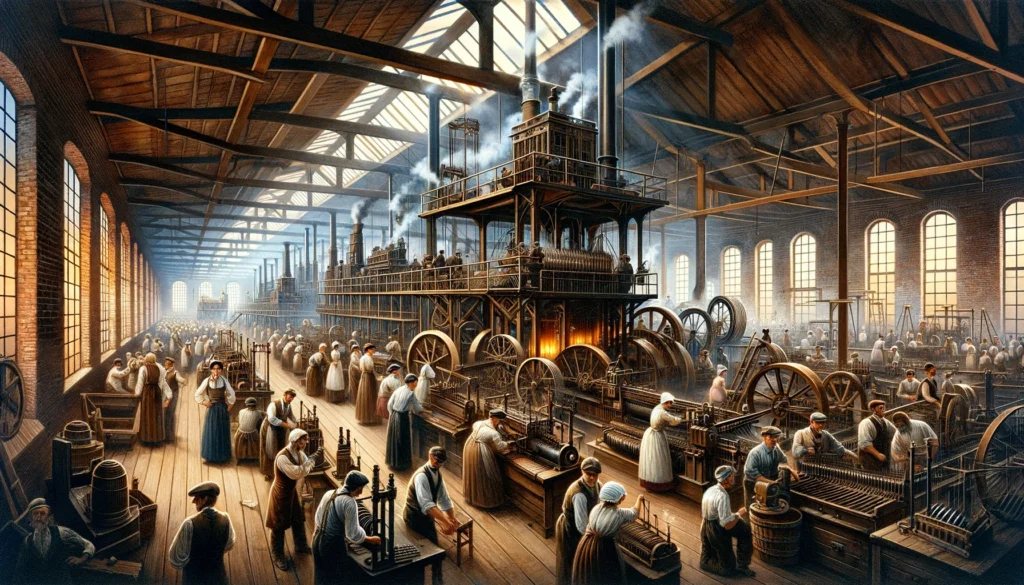
- Steam Power: The steam engine, developed by James Watt, became the heartbeat of industry, powering factories, revolutionizing transportation with steamships and locomotives, and enabling widespread use of machinery.
- Iron and Steel Production: Techniques like the blast furnace and the Bessemer process facilitated the mass production of steel, underpinning the construction of modern infrastructure.
Economic and Social Impacts
The ripple effects were profound – urbanization surged as people flocked to cities for factory work, giving rise to new social classes and dramatically altering lifestyles. The grueling conditions in factories eventually spurred labor movements, leading to significant reforms in workers’ rights and conditions.
Global Impact and Legacy
The Industrial Revolution not only accelerated economic growth and capitalist development but also set the stage for global imperialism, as industrialized nations sought raw materials and markets for their goods. Its environmental impact, through intensified use of fossil fuels, laid the groundwork for today’s climate challenges.
20th Century to Present: The Evolution of Modern Supply Chains
Technological Advancements
- Containerization (1950s): This innovation streamlined maritime shipping, drastically cutting costs and transforming global trade logistics.

- Information Technology and Automation: The advent of computers and the internet, followed by AI (Artificial Intelligence) and blockchain technology, revolutionized supply chain management, enabling real-time tracking and vastly improved efficiency.
Globalization and Economic Shifts
The latter half of the 20th century saw an explosion in global trade agreements, reducing barriers and fostering a more interconnected global economy. China’s entry into the World Trade Organization (WTO) in 2001 exemplifies the shift towards a global manufacturing hub, significantly impacting global supply chains.
Sustainability and Ethical Considerations
Modern supply chains face scrutiny over their environmental footprint and labor practices. The push for sustainability and ethical sourcing is prompting companies to adopt greener practices and ensure fair conditions throughout their supply networks.
The Future of Supply Chains
Innovations in IoT (Internet of Things), AI, and blockchain promise to further optimize supply chain operations, enhancing transparency and efficiency. Yet, global challenges like climate change and geopolitical tensions necessitate agile and resilient supply chain strategies.
Conclusion
Our journey from the Industrial Revolution to today’s complex global supply networks reveals the dynamic nature of trade and its capacity to reshape societies and economies. As we peer into the future, the principles of innovation, efficiency, and sustainability remain central to navigating the challenges and opportunities of global commerce.
Author’s Note:
Thank you for accompanying us on this enlightening exploration of global trade’s evolution. From ancient trade routes to the digital highways of modern supply chains, we’ve seen how trade has been a catalyst for change, connecting distant corners of the world and driving human progress. As we look ahead, let’s remain curious and engaged with the forces that continue to shape our global economy. Your insights and discussions enrich this journey, and we invite you to share your thoughts as we delve deeper into the stories that bind our world together.
G.C., Ecosociosphere contributor.
References and Further Reading:

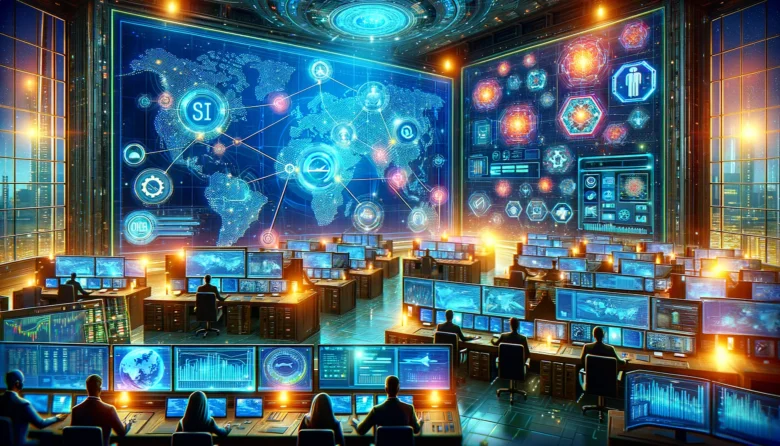
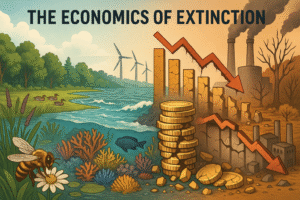
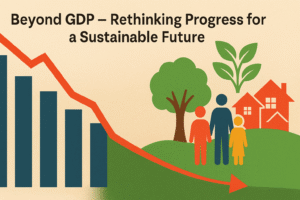
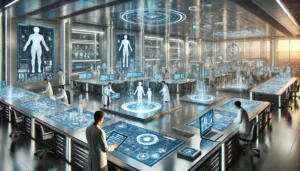
Comments
Thanks for sharing. I read many of your blog posts, cool, your blog is very good.
Thank you for your sharing. I am worried that I lack creative ideas. It is your article that makes me full of hope. Thank you. But, I have a question, can you help me? http://developersdesignerwebnswd.tk/post/34/#comment-11208
Can you be more specific about the content of your article? After reading it, I still have some doubts. Hope you can help me. https://accounts.binance.com/it/join?ref=P9L9FQKY
Your article helped me a lot, is there any more related content? Thanks!
Your point of view caught my eye and was very interesting. Thanks. I have a question for you.